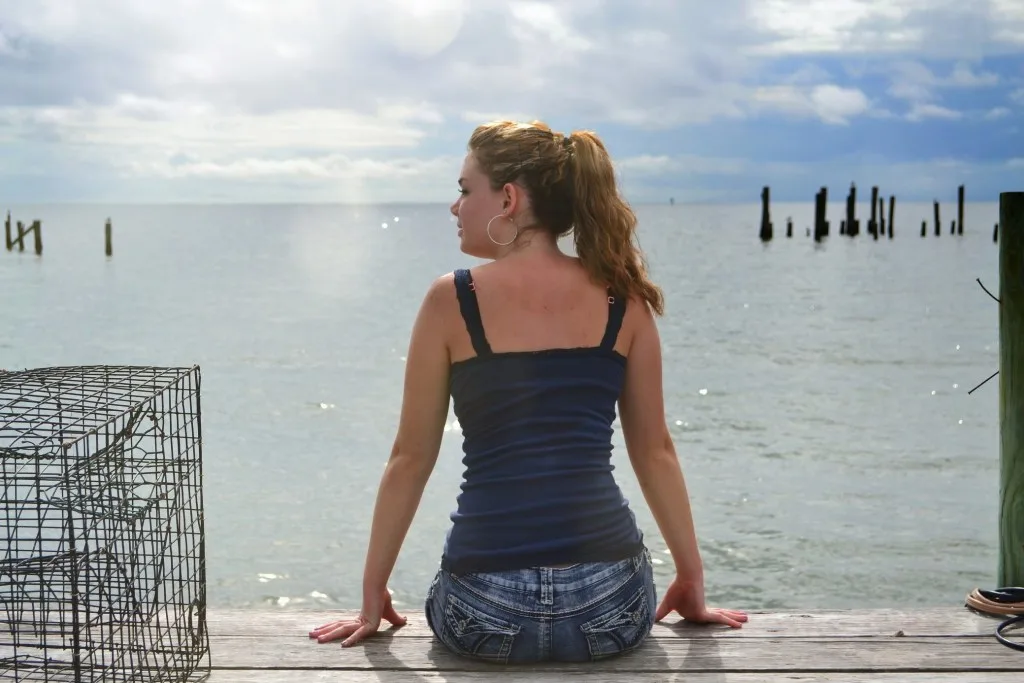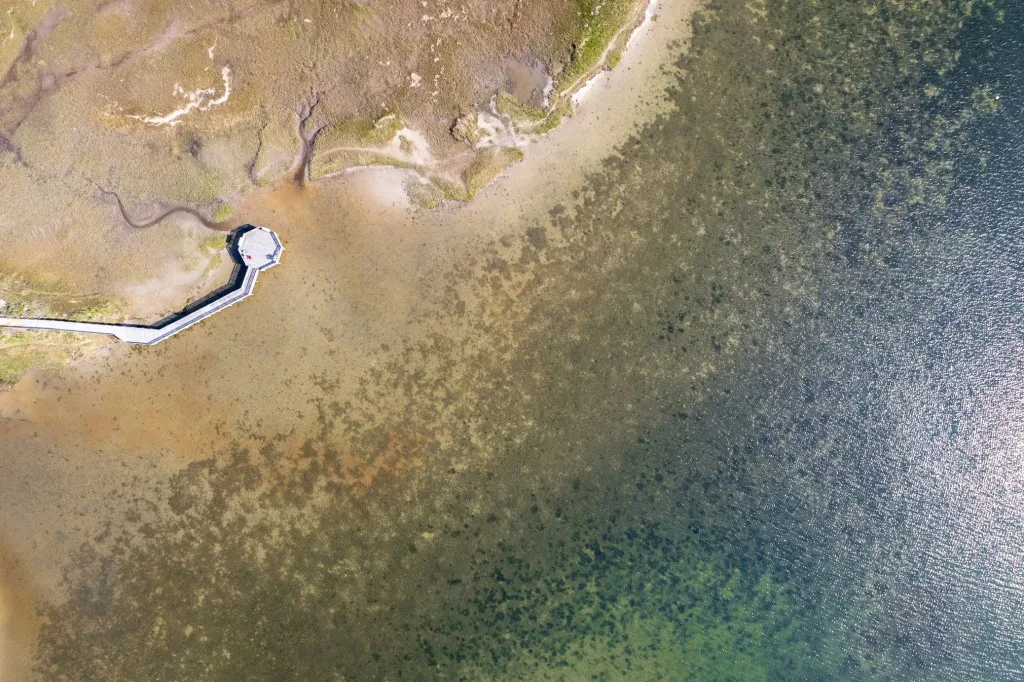You’ve probably heard the names John Smith and Pocahontas. Although Disney may not have all of the facts correct, the company has at least made known the history of Jamestown. The musical Hamilton helped tell the story of the American Revolution and made Marquis de Lafayette and Hercules Mulligan household names.
But did you know these historical figures all walked the same area of Virginia? The Chesapeake Bay is home to the earliest beginnings of American history. But even with this proud history, there are reasons not to love the area.
Let’s learn more!
Chesapeake Bay History
The Chesapeake Bay has been part of American history since the very beginning. Although the Native Americans had been living in the area for thousands of years, the first European settlers from England landed in Jamestown, Va., in 1607. You can still visit this historic site, which is also an archaeological site, today along the Colonial Parkway.
During the American Revolution, General Washington led his troops against General Cornwallis and the British soldiers at the Battle of Yorktown.
This decisive battle helped the Continental Army secure a victory over the British army, thus leading to the end of the war for independence. You can also visit this historic site and tour the battlefields on the other end of the Colonial Parkway.

Where Is Chesapeake Bay?
Located in Virginia and Maryland, the Chesapeake Bay is the largest estuary in the United States. The Delmarva Peninsula includes the eastern shore of Maryland, the east coast of Virginia, and the state of Delaware. It forms the eastern border and separates the Bay from the Atlantic Ocean.
It’s approximately 200 miles long, starting at the Susquehanna River in northeastern Maryland and running into the Atlantic Ocean. Approximately 11,684 miles of shoreline are here.
Pro Tip: After visiting the Chesapeake Bay, camp out at one of these 20 Best Free Camping Spots (on the East Coast).
What Is Chesapeake Bay Known For?
As mentioned before, the earliest European settlement was in 1607 at Jamestown. Major American Revolutionary War battles took place in the Chesapeake Bay area.
It’s a hugely historic area of the country with Fort McHenry, Colonial National Historic Park, and Fort Monroe, all part of the National Park Service (NPS). You could spend weeks exploring this part of the country and learning about early colonial history and culture.
Chesapeake Bay is also known for being quite shallow. The average depth is only 21 feet, and 24% of the bay is less than 6 feet deep. This brackish water is home to a variety of wildlife and plant life. The combination of fresh and saltwater changes due to the sheer size of the Chesapeake Bay.
As a result, you’ll find animals and plants in the northern part that don’t exist in the southern region and vice versa.

5 Reasons Why You Need to Avoid Chesapeake Bay
Although Chesapeake Bay is full of history and has an abundance of wildlife, there are a handful of reasons you should avoid this part of the East Coast.
It’s not the cleanest body of water; it can be dangerous and expensive to visit.
1. It Has Abnormally High Levels Of Algae
According to the Chesapeake Bay Foundation, “High levels of nitrogen and phosphorus fuel unnaturally high levels of algae growth.” These high levels come from fertilizers, wastewater, and runoff from cities. Agriculture runoff contributes to 45% of nitrogen pollution, leading to high algae levels. Fertilizers and animal waste contaminate the groundwater, polluting the Chesapeake Bay.
2. The Water Is Polluted
Not only does the bay have high nitrogen and phosphorous levels, but there are other pollutants like air pollution and factory discharges. The study conducted by the Chesapeake Bay Foundation also concluded that “The development of forests and farmland robs the watershed of its natural ability to filter these pollutants before they reach our streams, rivers, and the Bay.”
These pollutants prevent animals and plant life from thriving in their natural habitats.
3. The Bay’s Rip Currents Can Be Deadly
Because estuaries are narrow, the in and out movement of the tides is more restricted. This can affect the rip currents. Weather can also significantly impact a shallow area like the Chesapeake Bay. What’s scary is that rip currents aren’t visible.
When people are out playing in the Bay, they think the shallow waters protect them from the rip currents. They may let their guard down, leading to dangerous or deadly consequences.

4. There Are Some Dangerous Animals
An encounter with a dangerous animal can ruin your vacation. Unfortunately, the Chesapeake Bay is home to a few nasty creatures. Red-tailed hawks can be especially dangerous if pets get near their nests. They’ll use their razor-sharp talons to protect their young.
Always carry bear spray when you’re out hiking or enjoying nature and make sure to always dispose of trash and food properly. Black bears will usually stay away from human interaction, but you certainly don’t want to risk inviting them to your campsite.
The venomous copperhead lives in wooded areas and near streams, so watch your step anytime you’re enjoying the outdoors. In addition, ticks and black widow spiders are also found all around the Bay area. If you’re actually in the Chesapeake Bay water, look for jellyfish and bay sharks. Although a sting or bite isn’t common, you don’t want to make the headlines on the news the following day.
Pro Tip: Learn more about what lurks below the waters in the Chesapeake Bay. We uncovered what are The Most Dangerous Creatures in Chesapeake Bay.
5. There Are Less Expensive Coastal Communities
If you’re looking for a coastal community to live in or vacation in, other options aren’t as expensive. The overall cost of living is higher in Chesapeake Bay than the overall average in the state of Virginia.
If you’re booking an overnight stay at an Airbnb or hotel, expect to pay anywhere from $100 to $300 per night. By venturing down south just a few miles, you can find North Carolina coastal towns with a more affordable lifestyle.
Is a Trip to Chesapeake Bay Worth Your Time?
The rich history is what beckons visitors to travel to the Chesapeake Bay area year after year. However, there is a cost to visiting this part of the country. It’s not just monetary.
The polluted waters and deadly rip currents of the Bay are enough to keep some visitors away. Throw in a few dangerous animals, and your trip to the Chesapeake Bay could end in disaster.
So it’s up to you whether the risks are worth it. Do you think these reasons are enough to avoid the Chesapeake Bay? Or will you still be planning a future trip to the East Coast?
Discover the Best Free Camping Across the USA
To be honest with you, we hate paying for camping. There are so many free campsites in America (with complete privacy).
You should give it a try!
As a matter of fact, these free campsites are yours. Every time you pay federal taxes, you’re contributing to these lands.
Become a FREE CAMPING INSIDER and join the 100,000 campers that love to score the best site!
We’ll send you the 50 Best Free Campsites in the USA (one per state). Access the list by submitting your email below: